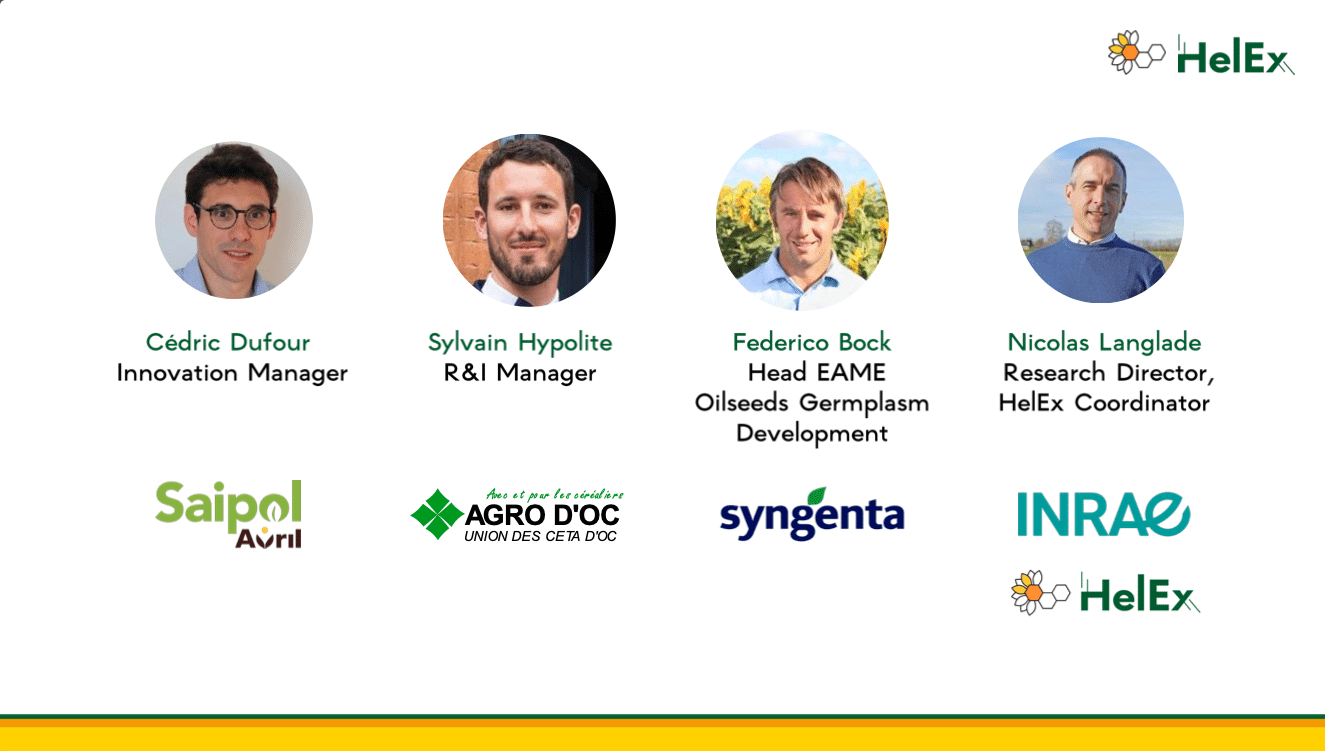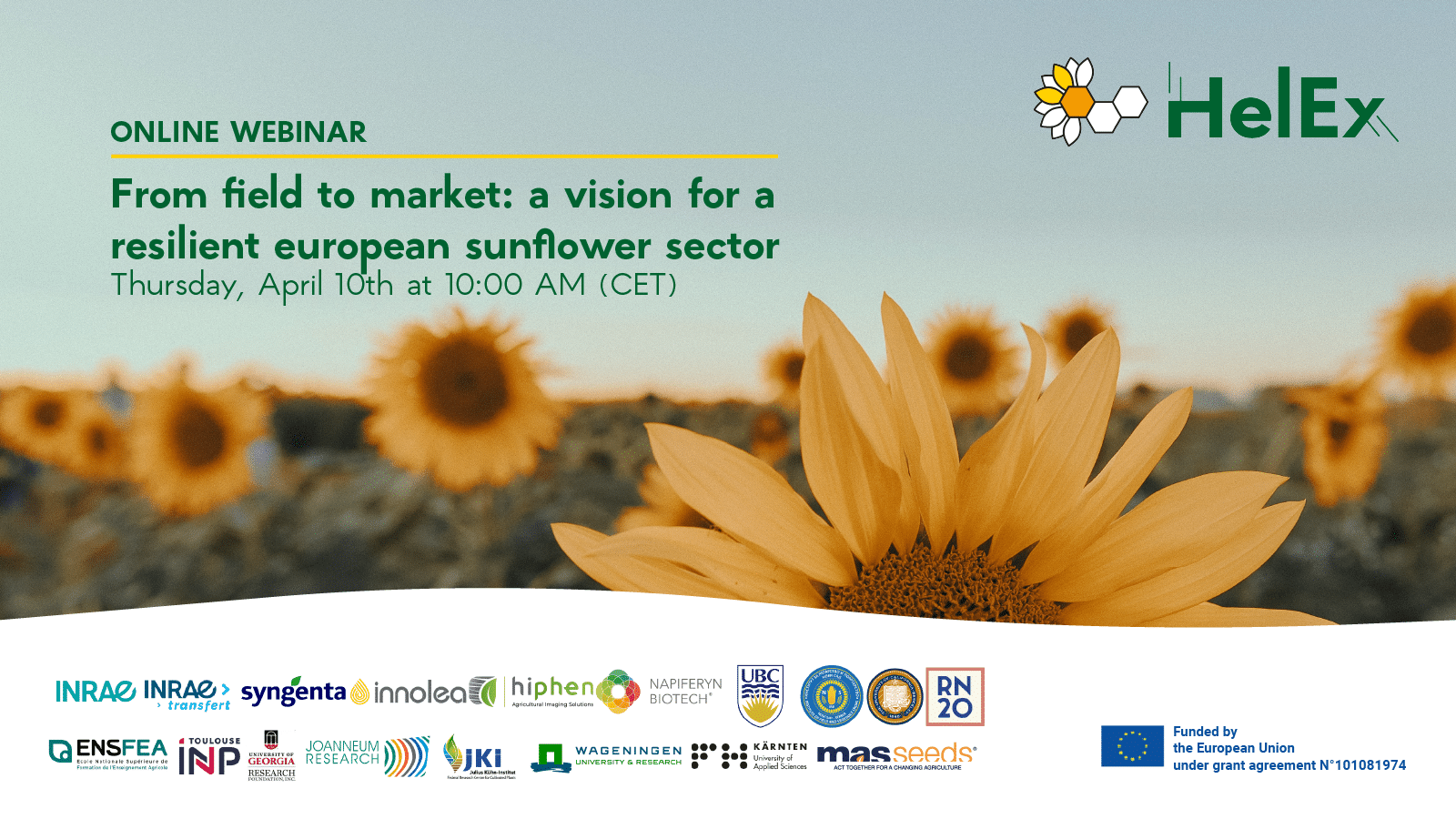The sunflower (Helianthus annuus), originally from North America, has found a significant place in European agriculture. Its cultivation journey from the New World to becoming a staple crop in Europe showcases this plant’s adaptability and agricultural importance.
Historical Journey and Cultivation Expansion
The sunflower made its way to Europe in the 16th century, thanks to the Spanish. However, its oil was not widely used until the 19th century. A breakthrough came from Russian research, which significantly increased the oil content of sunflower seeds. This laid the foundation for the crop’s widespread adoption in Western Europe by the 1960s, flourishing in a zone stretching from Russia to Spain.
Sunflowers can adapt to various environmental conditions, requiring minimal water, fertilizers, and pesticides. The cultivation cycle begins with sowing in April-May, flowering in June-July, and culminates in harvesting from August-September. This seasonal rhythm aligns well with European climate variations, enabling efficient sunflower production across different regions.
Cultivation area
The cultivation of sunflowers requires precise agricultural practices to maximize yield and quality. Farmers must consider plant spacing, irrigation needs, and pest management. Despite the challenges of variable weather patterns and potential disease threats, innovative farming techniques and ongoing research continue to improve sunflower cultivation efficiency and sustainability.

Sunflower cultivation is a significant agricultural activity in Europe, with several countries contributing prominently to continental and global production. Ukraine and the Russian Federation are at the forefront, with Ukraine producing 16,392,410 tons and Russia following closely with 15,656,328.6 tons (FAO Stats 2021). These figures position them as the leading producers in Europe and globally, emphasizing the crop’s importance in Eastern European agriculture.
Other European nations, such as Romania and Bulgaria, also play vital roles in the sunflower sector, producing 2,843,530 and 2,002,180 tons, respectively. France, known for its diverse agricultural outputs, contributes 1,912,890 tons, highlighting its role in the sunflower market. Hungary and Spain further add to Europe’s sunflower landscape with 1,757,710 and 768,350 tons, respectively, showcasing the widespread cultivation across the continent. These numbers reflect the adaptability of sunflowers to the European climate and the importance of this crop in the agricultural economy of these countries, serving various needs from oil production to food and animal feed.


